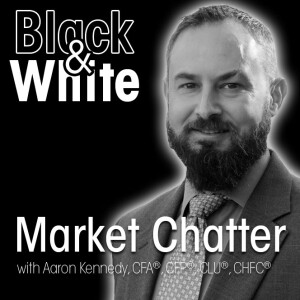
This episode delves into financial topics such as market volatility, private investments, and portfolio diversification. Aaron, Sam, Brent, and Henry discuss current market conditions, inflation, private equity, and debt, offering insights into investment strategies and opportunities in private markets.
Key Takeaways 💡
- The market has experienced significant volatility, with short-term interest rates fluctuating and inflation readings showing a month-over-month increase of 0.3%. Despite these numbers, everyday costs for essentials like food and fuel remain high, creating a disconnect between market reactions and public sentiment.
- Volatility in the market can present buying opportunities, and hedge funds often benefit from such conditions by accessing diverse asset classes that perform well during turbulence.
- Private companies vastly outnumber public ones, with the private market valued at $11 trillion compared to the $88 trillion public market cap. This disparity highlights the growth potential in private markets.
- Private equity and debt offer companies alternatives to traditional bank loans, especially as post-2008 regulations have made banks less willing to lend to large companies. Investment firms have stepped in to fill this gap.
- Private debt markets are described as less risky than equities, with lenders conducting thorough analyses to ensure loan security. Returns in private debt markets can range from 12-14%, with companies using these funds for growth rather than survival.
- Private investments often require a higher level of sophistication or assets due to liquidity challenges and high barriers to entry. Investors must adhere to the company's schedule for accessing funds, aligning their interests with investment managers.
- Diversification in portfolio construction is crucial, as different asset classes perform variably, smoothing out overall returns and reducing volatility. Private markets often offer higher yields compared to public markets, but at the cost of liquidity.
- Investors should limit illiquid assets to around 5% of their portfolio, aligning investments with their liquidity needs and life planning goals. Longer-term investments can yield better compounding returns.
Version: 20241125
No comments yet. Be the first to say something!